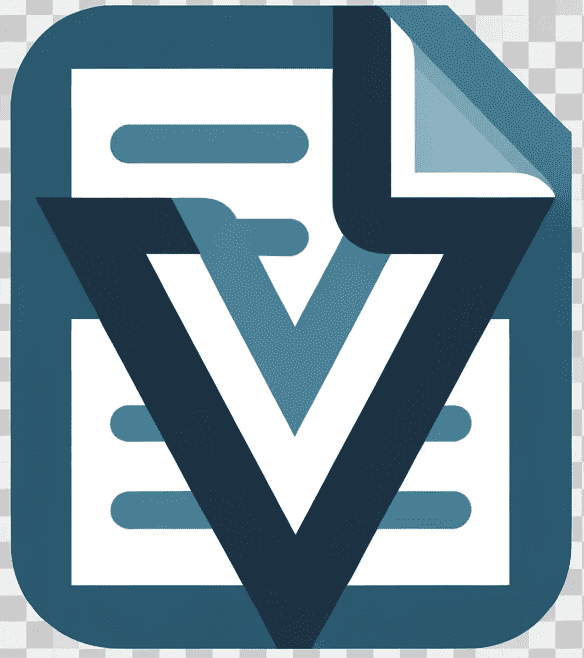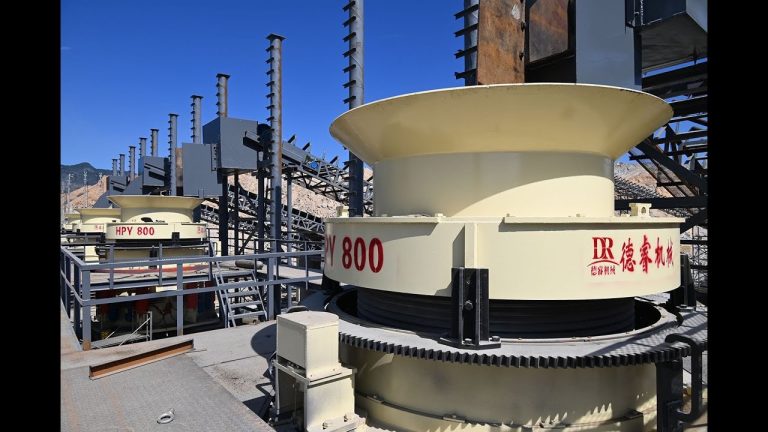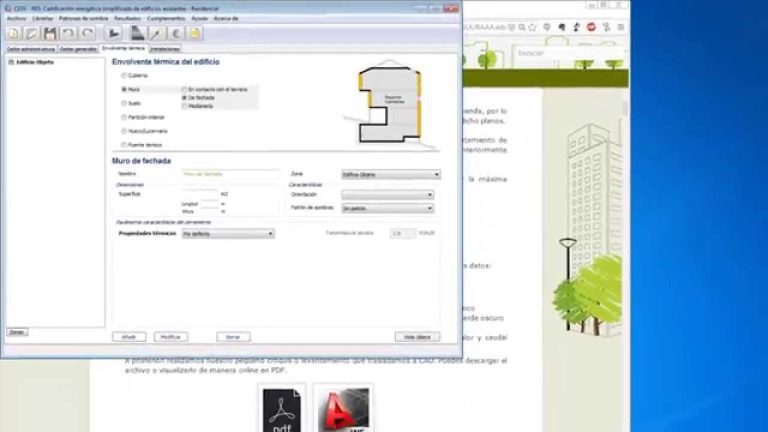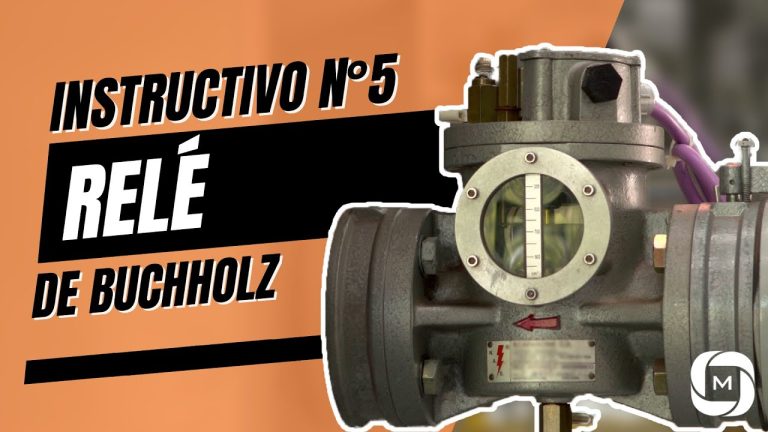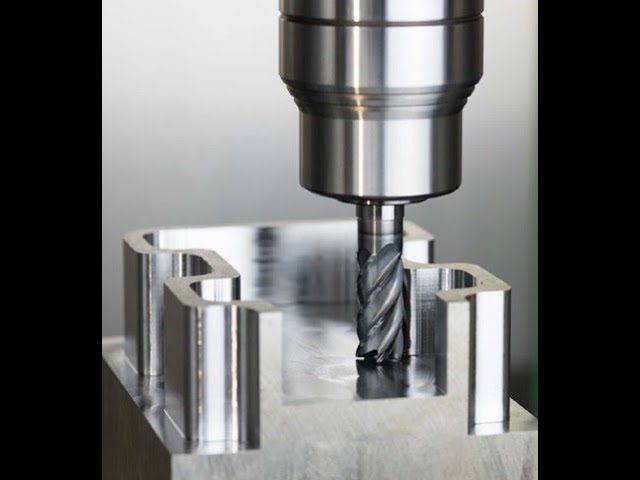Guía completa de símbolos de soldadura en planos PDF: Todo lo que necesitas saber
1. Understanding Welding Symbols on Drawings
Understanding welding symbols on drawings is crucial for anyone involved in the field of welding. These symbols serve as a universal language that allows engineers, welders, and inspectors to communicate and understand the specific requirements for each weld.
Welding symbols provide important information about the type of weld, its location, size, and other parameters. By studying and interpreting these symbols correctly, welders can ensure that they are producing welds that meet the design specifications and standards.
These symbols are typically found on engineering drawings and blueprints and can be quite complex. They may include various elements such as arrowheads, reference lines, and specific notations. The ability to decipher these symbols is essential for accurately executing the welding process.
By understanding welding symbols, welders are able to follow instructions accurately, select the appropriate welding technique and equipment, and determine the necessary inspections and tests for ensuring the quality and integrity of the weld. This knowledge enables welders to produce welds that meet the required standards and prevent costly rework or failures.
2. Importance of Welding Symbols in Engineering
Welding symbols play a crucial role in the field of engineering. These symbols provide a standardized way of communicating welding specifications and requirements. By using these symbols, engineers and welders can easily understand and interpret the necessary information for a welding project.
One of the key benefits of using welding symbols is the clarity and consistency they bring to the design and fabrication process. These symbols help to eliminate misunderstandings and ensure that all stakeholders involved in a project are on the same page. This is particularly important when working on complex structures or when dealing with multiple welding techniques.
Welding symbols also help to ensure the structural integrity of a welded joint. They define the type of joint required, the specific welding process to be used, and any additional requirements such as preheating or post-welding treatments. Following these symbols accurately helps to maintain quality and reliability in the finished product.
Moreover, welding symbols greatly enhance efficiency by providing precise instructions to the welders. By having a clear understanding of the weld size, location, and other specifications, welders can work more efficiently and effectively. This leads to time and cost savings, as well as an improved overall performance of the welding project.
In conclusion, the importance of welding symbols in engineering cannot be overstated. They serve as a universal language that enables effective communication among engineers, welders, and other stakeholders. By using these symbols, the entire welding process becomes more streamlined, consistent, and reliable. It is essential for all professionals in the field of engineering to have a solid understanding of welding symbols and their significance.
3. How to Interpret Welding Symbols
When it comes to understanding welding symbols, it can sometimes feel like deciphering a secret code. However, with a little knowledge and practice, anyone can learn to interpret these symbols with ease.
One of the most important things to understand is that welding symbols are used to communicate information about how a weld should be made. They provide instructions on the type of weld to be used, its size, and the specific details of the joint.
To interpret welding symbols, it is crucial to familiarize yourself with the basic elements. This includes understanding the different types of welds, such as fillet welds and groove welds, as well as the specific symbols used to represent them.
Additionally, it is important to pay attention to the positioning and orientation of the symbols. The location of the symbol on the drawing indicates where the weld should be made, while the arrow points in the direction of the weld. These details are crucial in ensuring the accuracy and integrity of the weld.
4. Common Welding Symbols and Their Meanings
Common welding symbols play a crucial role in the world of welding. These symbols serve as a universal language that welders use to communicate with each other and with engineers, designers, and inspectors. By understanding and interpreting these symbols correctly, welders can ensure that the final product meets the required specifications and standards.
One of the most commonly used welding symbols is the fillet weld symbol. This symbol is represented by a triangle that is placed at the intersection of two lines. It indicates where the weld is to be located and the type of weld that needs to be performed.
Another important welding symbol is the groove weld symbol. It is represented by a V shape and it provides information about the type of groove that is required for the weld. The groove weld symbol also indicates the size and length of the weld.
Understanding these common welding symbols is essential for anyone involved in the welding process. They allow welders to properly interpret design drawings and ensure that the weldments are fabricated accurately. Being familiar with these symbols can significantly improve the efficiency and quality of welding operations.
5. Download Our Welding Symbols on Drawings PDF Guide
Welding symbols on drawings are crucial for understanding and interpreting the specifications of welding joints and processes. To assist you in mastering these symbols, we are thrilled to offer our Welding Symbols on Drawings PDF Guide for download. This comprehensive guide provides a clear overview of the various welding symbols used in engineering drawings and blueprints.
By downloading our PDF guide, you will gain access to a valuable resource that can enhance your welding knowledge and skills. Whether you are a beginner or an experienced welder, this guide will serve as a handy reference tool, helping you decipher the complex language of welding symbols. It includes detailed explanations and illustrations for each symbol, allowing you to quickly identify the appropriate welding technique and requirements for a given joint.
With our PDF guide, you can conveniently access the information offline and consult it whenever needed. Whether you are working on a welding project or revising for an exam, having this PDF guide at your fingertips will undoubtedly boost your confidence and proficiency in interpreting welding symbols. So don’t miss the opportunity to download our Welding Symbols on Drawings PDF Guide and take your welding skills to the next level.
What’s Included in the Welding Symbols on Drawings PDF Guide?
– Detailed explanations and illustrations of common welding symbols
– Different types of welding joints and their corresponding symbols
– Information on weld specifications, such as size, length, and contour
– Tips and best practices for proper interpretation and application of welding symbols
This PDF guide is a must-have for welders, engineering students, and professionals in construction and manufacturing industries. It provides a comprehensive overview of welding symbols, ensuring that you can accurately interpret and apply them in your projects. Download our Welding Symbols on Drawings PDF Guide now and equip yourself with the necessary knowledge to excel in the field of welding.
